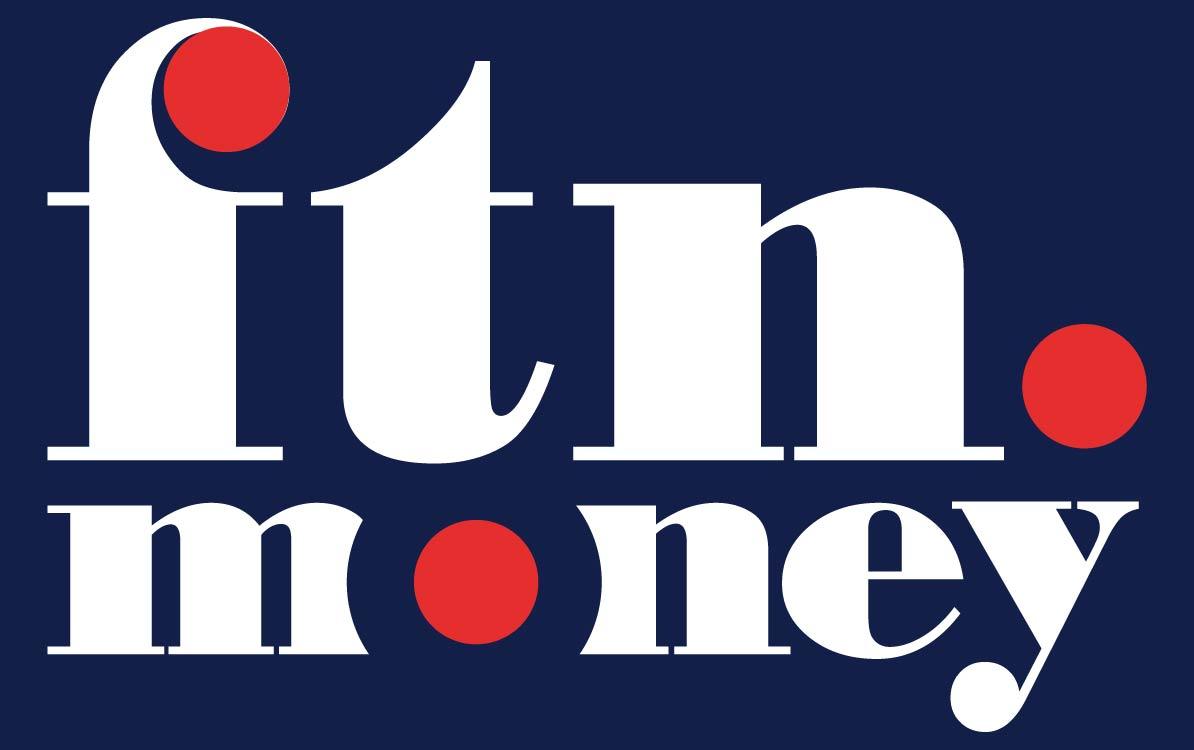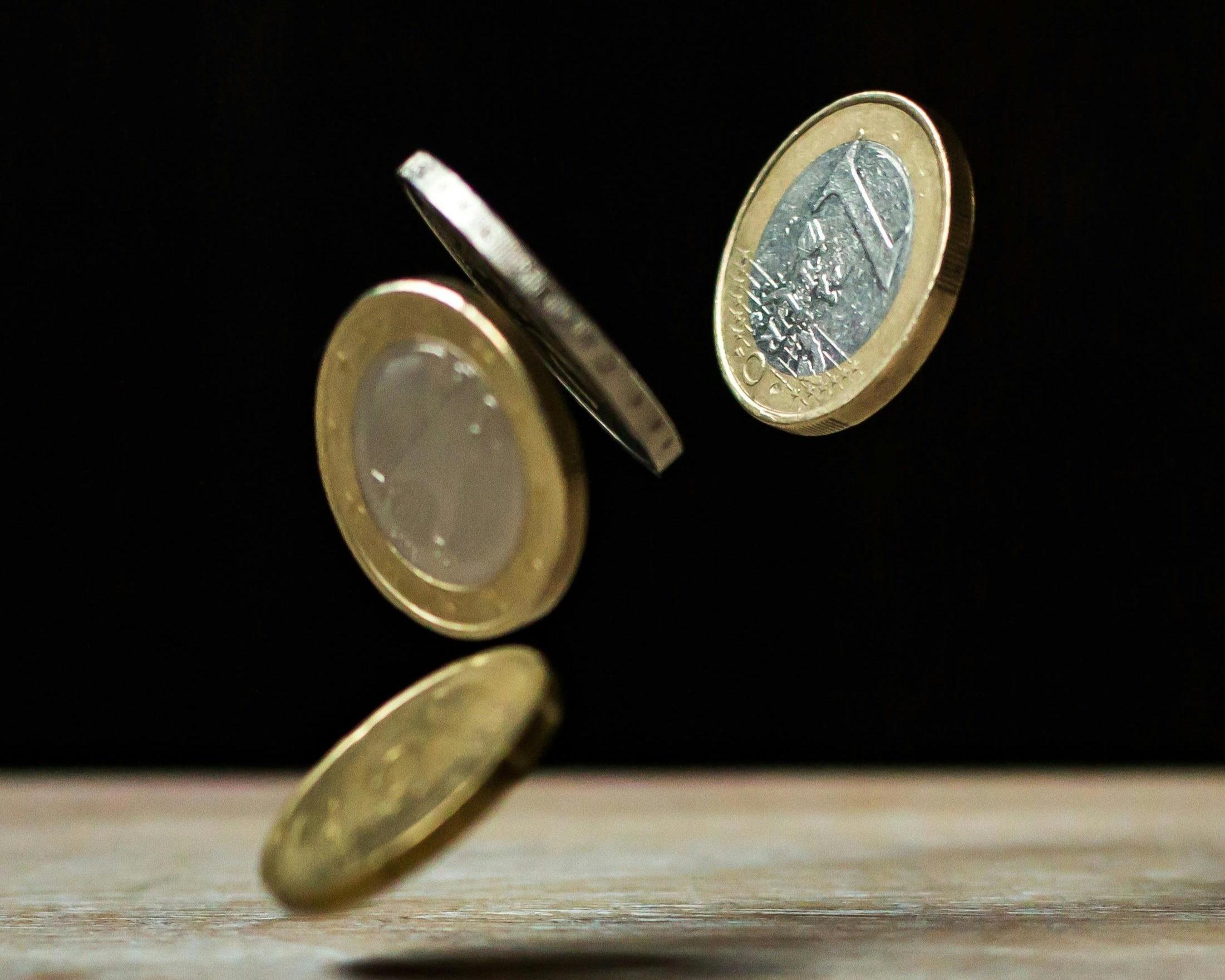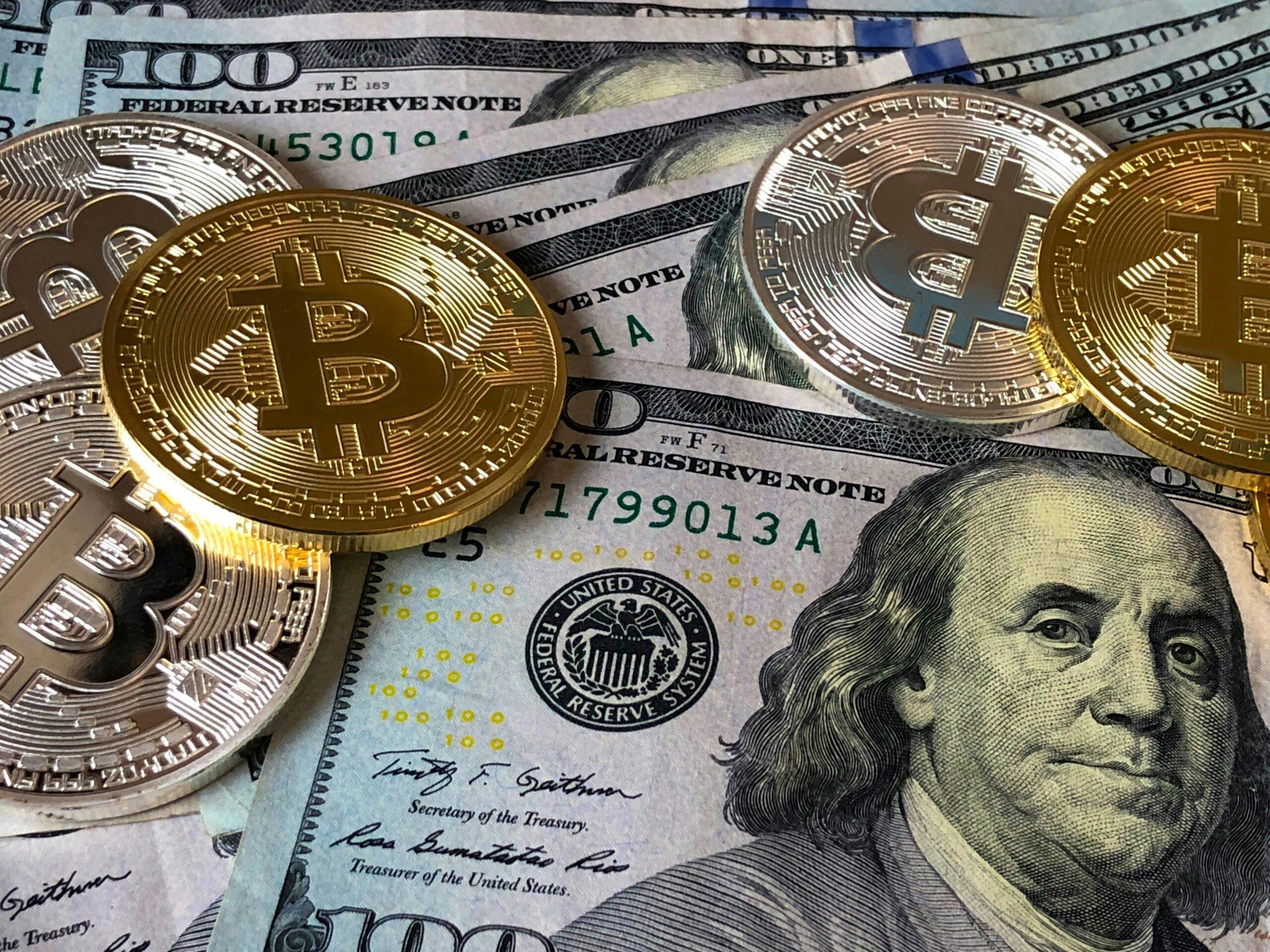The Evolution of Money Transfer Methods
From Cash to Digital: A Brief History of Money Transfers
The journey of money transfers is a fascinating tale of innovation and adaptation. Early systems relied on barter, gold, and coin-based transactions, which were cumbersome and limited by physical constraints. The 19th century saw a significant leap with the advent of telegraph-based money transfers, exemplified by the rise of Western Union. This technology allowed for faster and more secure transfers over long distances.
Electronic banking and the introduction of the Society for Worldwide Interbank Financial Telecommunication (SWIFT) further revolutionised remittances. Banks became the dominant players in global money transfers, offering services that were more efficient than ever before. However, the advent of the internet and mobile technology has once again transformed the landscape.
How Technology Transformed Global Money Transfers
The shift from bank-dominated transfers to FinTech-led digital solutions has been profound. Mobile wallets like PayPal, Venmo, M-Pesa, and Alipay have made payments more accessible and convenient for consumers worldwide. Real-time payments (RTP) and instant settlement systems have further streamlined the process, reducing wait times and increasing efficiency.
The Biggest Trends Shaping the Future of Money Transfers
1. AI and Machine Learning in Payment Systems
Artificial Intelligence (AI) and Machine Learning (ML) are playing a crucial role in modern payment systems. AI is being used for fraud detection, risk assessment, and automated compliance, ensuring that transactions are secure and compliant with regulations. Machine learning algorithms are improving exchange rate predictions and transaction approvals, making cross-border payments more efficient and cost-effective.
2. Blockchain and Cryptocurrencies Disrupting Money Transfers
Blockchain technology and cryptocurrencies are disrupting traditional money transfer methods. Companies like Ripple and Stellar and stablecoins such as USDC and USDT are reducing cross-border costs by offering faster and cheaper alternatives to traditional banking. Decentralised finance (DeFi) is challenging centralised banking by providing more transparent and accessible financial services.
3. Open Banking & API-Based Transfers
Open banking regulations, such as PSD2 in the EU and Open Banking in the UK, are enabling direct account-to-account transfers. APIs (Application Programming Interfaces) are facilitating seamless cross-border payments by allowing different financial systems to communicate efficiently. This has led to a more integrated and user-friendly payment ecosystem.
4. The Rise of Central Bank Digital Currencies (CBDCs)
Countries like China (e-CNY), Europe (Digital Euro), and the US (FedNow system) are actively testing CBDCs. These digital currencies have the potential to revolutionise remittances and banking infrastructure by offering faster, cheaper, and more secure transactions. CBDCs could also enhance financial inclusion by providing access to banking services for unbanked populations.
5. Faster, Cheaper, and More Transparent Cross-Border Transfers
Instant settlement networks like SWIFT GPI and FedNow are making cross-border payments faster and more transparent. Innovative fintech platforms such as Wise, Payoneer, and Revolut are improving user experience by offering competitive exchange rates and real-time tracking of transactions.
The Role of Regulation in the Future of Money Transfers
1. Compliance and Security Challenges in Digital Payments
Regulations such as AML (Anti-Money Laundering) and KYC (Know Your Customer) are essential for ensuring the security and integrity of digital payments. However, balancing user privacy with financial security remains a significant challenge. Fintech companies must navigate these regulations while providing seamless and user-friendly services.
2. Global Regulatory Differences in Cross-Border Payments
| Region | Key Regulation | Impact on Money Transfers |
| 🇪🇺 EU | PSD2 & GDPR | Open banking & strong data protection |
| 🇺🇸 USA | FedNow & OCC Regulations | Instant payment networks & fintech oversight |
| 🇨🇳 China | Digital Yuan (e-CNY) | State-controlled digital currency system |
3. The Need for Standardised Global Payment Regulations
Organisations like the Financial Action Task Force (FATF) and the International Monetary Fund (IMF) are pushing for harmonised policies to facilitate cross-border payments. Standardised regulations can reduce friction and improve the efficiency of global money transfers.
Predictions for the Next Decade in Money Transfers
1. AI-Driven Automated Payments
The future will see autonomous transactions where AI decides the best time and method for transfers. Predictive analytics will enable users to optimise currency exchange rates, making international payments more cost-effective.
2. Decentralised Finance (DeFi) and Peer-to-Peer Payments
Non-bank financial services and tokenised assets will play a significant role in the future of money transfers. DeFi platforms will offer more transparent and decentralised payment solutions, challenging traditional banking models.
3. Cross-Border Payments Becoming Instant and Cost-Free
The possibility of zero-fee international transfers using stablecoins and CBDCs is becoming increasingly realistic. This will significantly reduce the cost and time associated with cross-border transactions.
4. Hyper-Personalised Financial Services
AI-powered payment recommendations based on user behaviour will become the norm. Financial institutions will offer hyper-personalised services, enhancing user experience and satisfaction.
References & Citations
- World Bank Digital Payment Trends Report
- McKinsey’s 2024 Fintech Outlook
- European Central Bank Whitepaper on Open Banking
For more detailed insights, please refer to the following sources:
- World Bank Report on Digital Payments
- McKinsey Insights on Fintech Disruption
- IMF Studies on CBDCs and Blockchain
- Regulatory Updates from FCA, BIS, and SWIFT
The future of money transfers is bright, with technological advancements and regulatory support driving innovation and efficiency. As we look ahead, the integration of AI, blockchain, and digital currencies will continue to reshape the global payments landscape, making transactions faster, cheaper, and more secure





